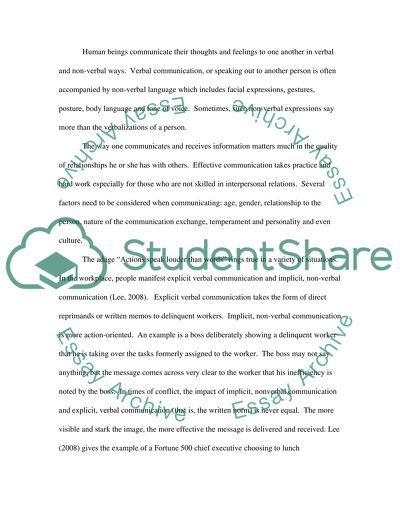Cite this document
(“Communication within an Organization Term Paper”, n.d.)
Retrieved from https://studentshare.org/environmental-studies/1413612-communication-within-an-organization
Retrieved from https://studentshare.org/environmental-studies/1413612-communication-within-an-organization
(Communication Within an Organization Term Paper)
https://studentshare.org/environmental-studies/1413612-communication-within-an-organization.
https://studentshare.org/environmental-studies/1413612-communication-within-an-organization.
“Communication Within an Organization Term Paper”, n.d. https://studentshare.org/environmental-studies/1413612-communication-within-an-organization.


